The expansion rate of the universe, measured by the Hubble constant, has been one of the most controversial numbers in cosmology for years, and we seem at last to be close to nailing it down.
By Leah Crane
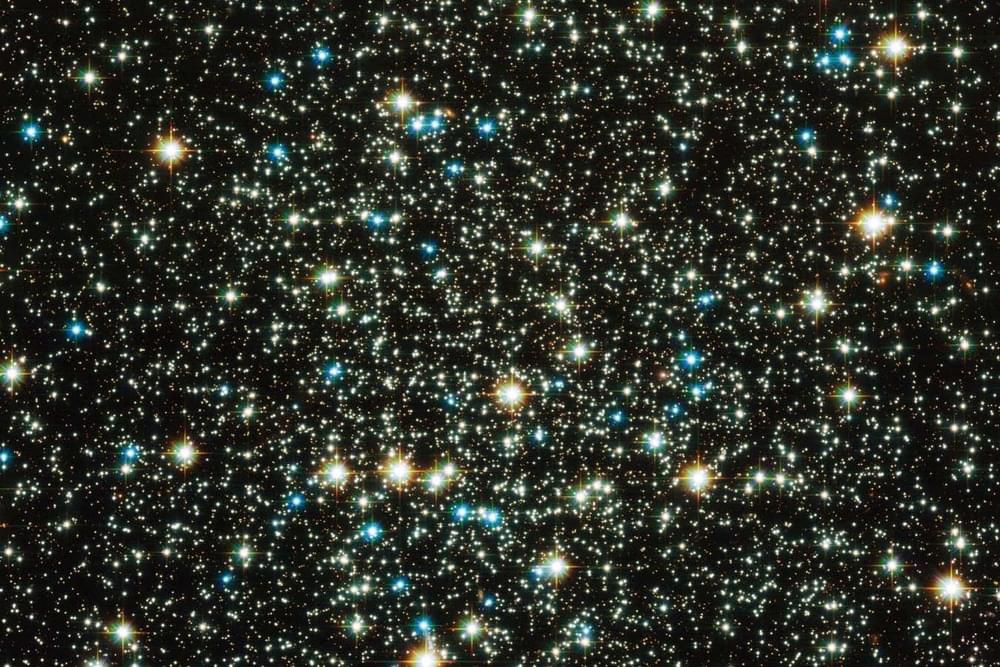
The expansion rate of the universe, measured by the Hubble constant, has been one of the most controversial numbers in cosmology for years, and we seem at last to be close to nailing it down.
By Leah Crane
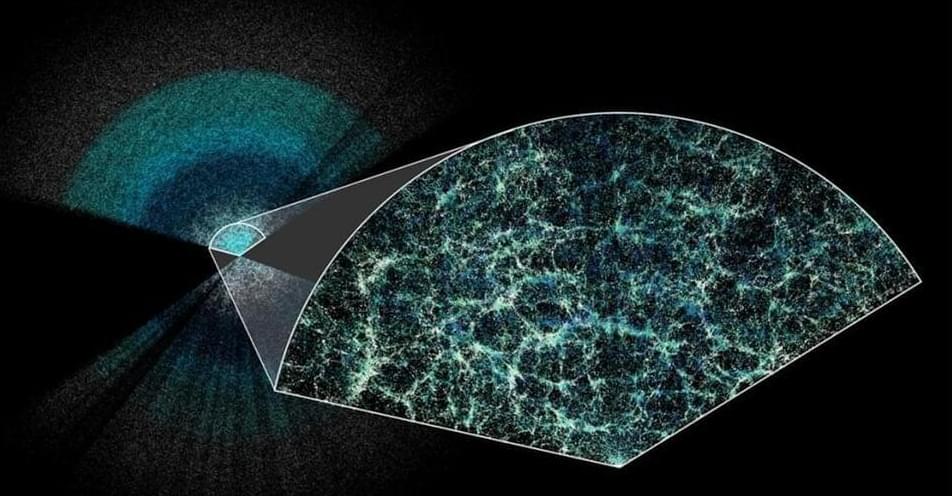
Image: Custom colormap package by cmastro; Claire Lamman / DESI collaboration On April 4, 2024, the Dark Energy Spectroscopic Instrument (DESI), a collaboration of more than 900 researchers from over 70 institutions around the world, announced that they have made the most precise measurement of the expansion of the universe and its acceleration.
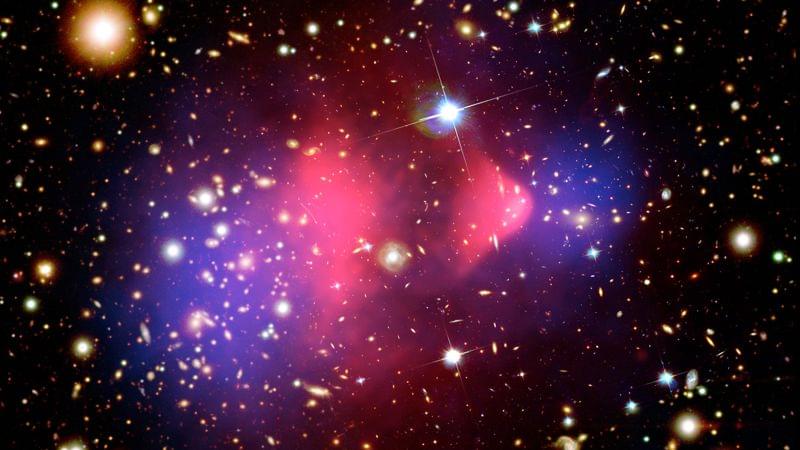
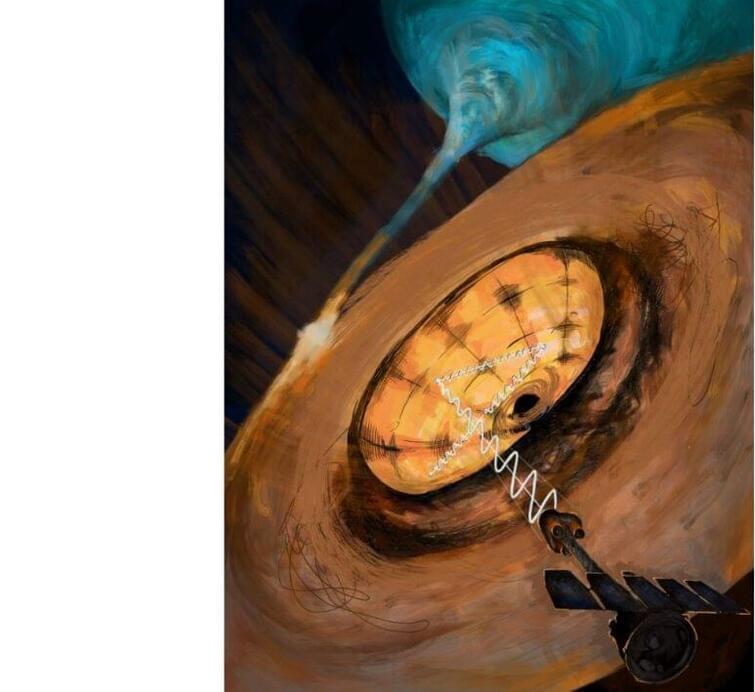
Astronomers uncovered that a well-known X-ray binary, whose exact nature has been a mystery to scientists until now, is actually a hidden ultraluminous X-ray source. X-ray binaries are intriguing systems consisting of two celestial bodies: a normal star and a compact, dead object such as a black hole or a neutron star that sucks material from its stellar companion. A few hundred such sources have been identified thus far in our Galaxy. When it comes to the most powerful phenomena in the Universe, the release of gravitational energy in X-ray binary systems stands out as a highly efficient process.
Among the first X-ray binary systems discovered in the cosmos is the system Cygnus X-3. Since the early 1970s, this binary system was noted for its ability to briefly emerge as one of the most intense radio sources, yet in a few days it dims or vanishes altogether.
This peculiar characteristic spurred early efforts, coordinated by telephone calls, to unite astronomical observations across the globe.
A study has revealed that galaxies possess a regulatory mechanism similar to a heart and lungs, which controls their growth by limiting gas absorption.
This mechanism, involving a supermassive black hole and its jet emissions, prevents galaxies from expanding too rapidly, ensuring their longevity and preventing premature aging into “zombie” galaxies.
Galaxies avoid an early death because they have a “heart and lungs” which effectively regulate their “breathing” and prevent them from growing out of control, a new study suggests.
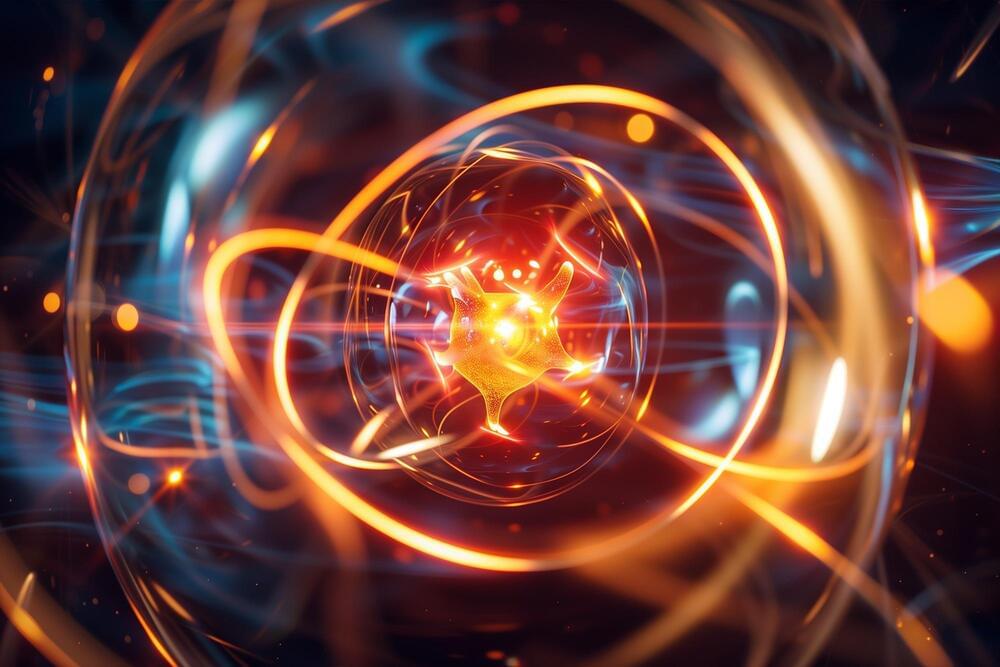
Low-energy nuclear fusion reactions are influenced by the migration of neutrons and protons between fusing nuclei and their isospin compositions. Research conducted using high-performance computational models has shown the importance of isospin dynamics and nuclear shapes, particularly in asymmetric, neutron-rich systems, revealing significant implications for nuclear physics and potential energy applications.
Low-Energy Nuclear Fusion
Low-energy nuclear fusion reactions can potentially provide clean energy. In stars, low-energy fusion reactions during the stages of carbon and oxygen burning are critical to stellar evolution. These reactions also offer valuable insights into the exotic processes occurring in the inner crust of neutron stars as they accumulate matter. However, scientists do not fully understand the underlying dynamics governing these reactions.
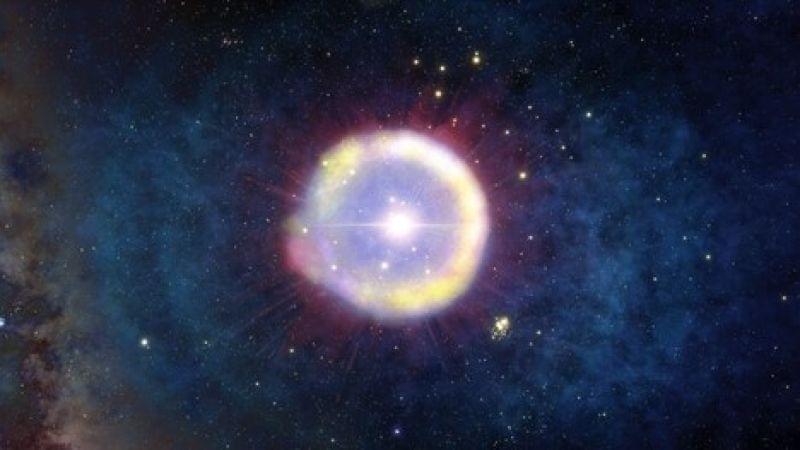
The Atacama Large Millimeter/submillimeter Array (ALMA) is not your typical telescope. Instead, ALMA, located in northern Chile’s high-and-dry Atacama Desert, is a radio telescope comprised of 66 high-precision antennas that work in perfect harmony. When ALMA’s antennas (which range in diameter from 7 to 12 meters) are deployed in various ways, the array may zoom in on some of the universe’s most distant cosmic objects while also recording images crisper than those generated by the Hubble Space Telescope.
First starlight
In a research published in the journal Nature, an international team of astronomers utilized this amazing array to investigate MACS1149-JD1, an exceedingly distant galaxy. The team was shocked to uncover tiny signs of ionized oxygen emitted about 13.3 billion years ago (or 500 million years after the Big Bang).
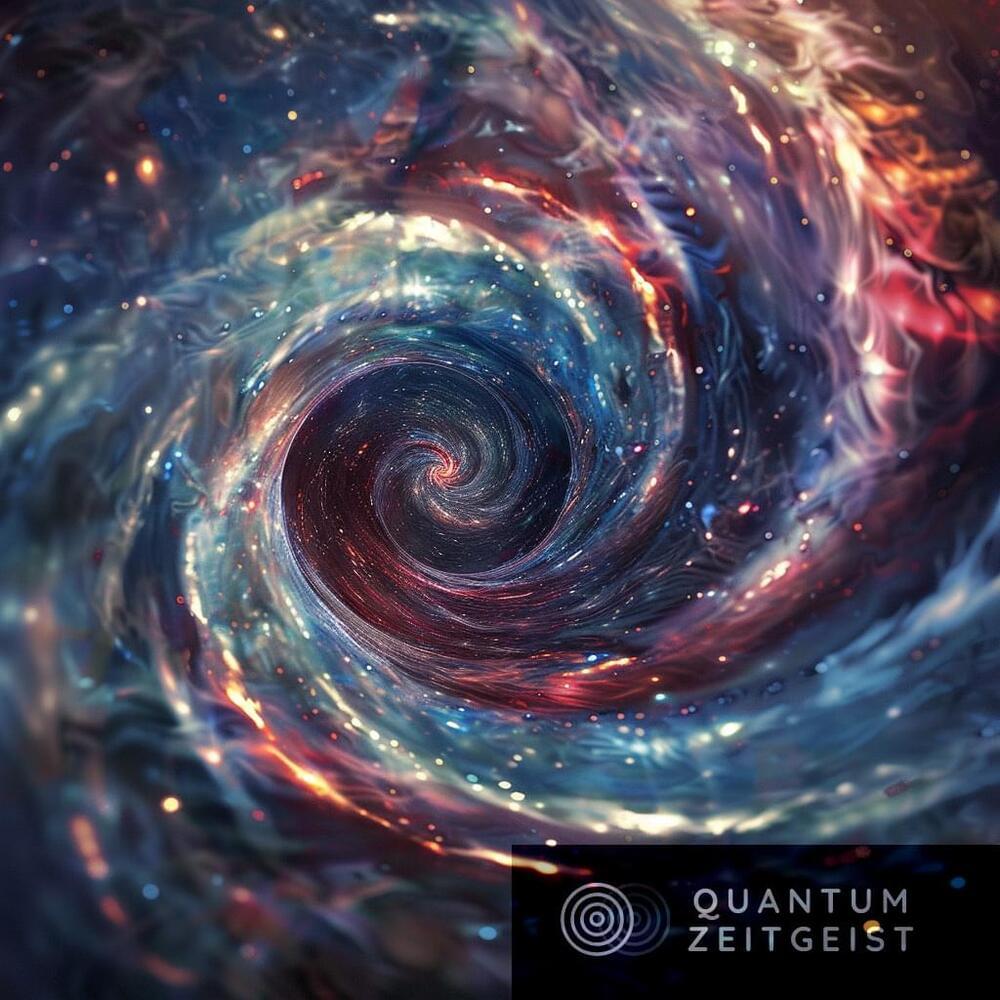
The Spiral Multiverse Theory, proposed by computer engineer Tejas Shinde, challenges the conventional Big Bang theory by suggesting a continuous spiral pattern universe originating from a single point, or singularity. This theory posits that each universe begins with its own bang, forming a network of interconnected universes expanding in a spiral shape. The theory introduces the concept of interdimensional quasars as portals for multiverse travel and suggests each universe undergoes its own inflation without observable changes in the cosmic microwave background. This new perspective on cosmic evolution could open up new avenues for scientific exploration and understanding.
The Spiral Multiverse Theory, proposed by Tejas Shinde, a computer engineer, suggests a continuous spiral pattern universe originating from a single point, known as a singularity. This theory challenges the conventional Big Bang theory, which posits a singular explosive origin for the universe. Instead, the Spiral Multiverse Theory proposes that each universe begins with its own bang, forming a network of interconnected universes. This network, or multiverse, expands in a spiral shape, with the width and length of the arms expanding as the universe expands. The point where all universes connect is referred to as the Everyverse.
The Spiral Multiverse Theory offers a fresh perspective on cosmic evolution and presents a potential path for practical research. It introduces the concept of interdimensional quasars as portals for multiverse travel. The theory also suggests that each universe undergoes its own inflation without observable changes in the cosmic microwave background, a remnant radiation from the Big Bang.
Visit https://brilliant.org/scishow/ to get started learning STEM for free. The first 200 people will get 20% off their annual premium subscription and a 30-day free trial.
In 2023, a team of researchers proposed that our universe experienced not one, but TWO Big Bangs about a month apart from one another. The first for the stuff described by our Standard Model of Particle Physics. And the second for that ever elusive Dark Matter and all the particles associated with it.
Hosted by: Stefan Chin (he/him)
———
Support SciShow by becoming a patron on Patreon: / scishow.
———
Huge thanks go to the following Patreon supporters for helping us keep SciShow free for everyone forever: Adam Brainard, Alex Hackman, Ash, Benjamin Carleski, Bryan Cloer, charles george, Chris Mackey, Chris Peters, Christoph Schwanke, Christopher R Boucher, DrakoEsper, Eric Jensen, Friso, Garrett Galloway, Harrison Mills, J. Copen, Jaap Westera, Jason A Saslow, Jeffrey Mckishen, Jeremy Mattern, Kenny Wilson, Kevin Bealer, Kevin Knupp, Lyndsay Brown, Matt Curls, Michelle Dove, Piya Shedden, Rizwan Kassim, Sam Lutfi.
———
Looking for SciShow elsewhere on the internet?
SciShow Tangents Podcast: https://scishow-tangents.simplecast.com/
TikTok: / scishow.
Twitter: / scishow.
Instagram: / thescishow.
Facebook: / scishow.